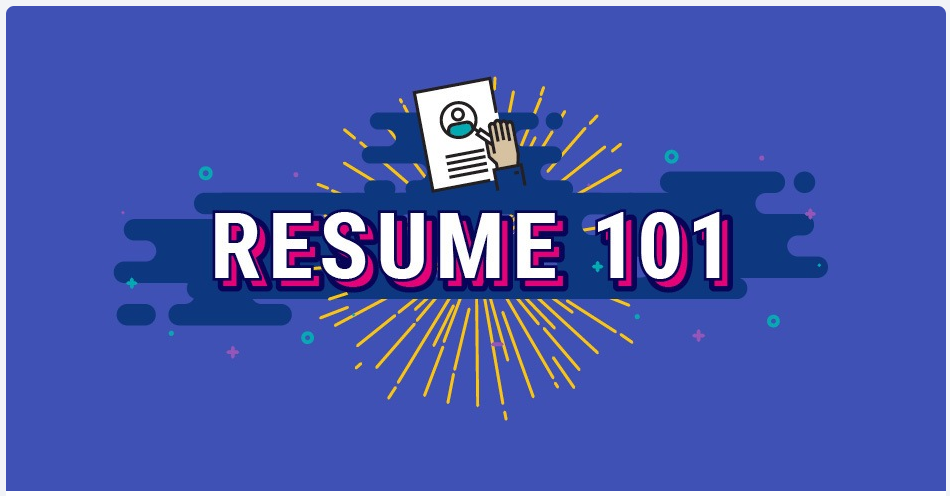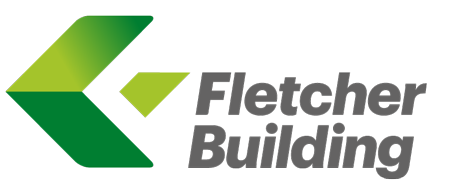Having a great resume and cover letter is really important when you are looking for your next opportunity. Both are your first introduction to a potential new employer and will provide them with a clear and concise summary of your skills, experience and achievements. Your resume is a great way to get noticed and progress through to the next stage of the recruitment process.
To attract, grow and keep extraordinary people to drive a high performing culture.
quick tips
- The best CVs are brief and informative – only 2-3 pages?
- Use bold and bullet points to make it easy to see the different sections?
- No colour or pictures?
- Remember to spell check !?
- Use Arial as an easy to read font?
- Make sure it’s clear, concise and easy to read?
- Add a footer to each page with your name and contact phone number
To attract, grow and keep extraordinary people to drive a high performing culture.
Example templates

SEEK is an excellent resource for showing how to create a resume and cover letter that will get noticed and meets the criteria of being clear and concise. Click the links below and check out their FREE resume and cover letter templates.
Or download the templates here…
![]()
Indeed has some excellent resources to create a resume in many different formats. Click the link below to explore the Indeed Resume Builder.
To attract, grow and keep extraordinary people to drive a high performing culture.
Building your Resume From Scratch
You might ask what stands before you and the job you are applying to. Well it is simple, a good Resume. But before you look at drafting OR improving your Resume, you must decide how much information to include in essentially what has been your ‘life’s career journey’.
The best?advice?is that there is no hard and fast rule for creating a resume for a job, however, there are certain principles that if you follow will help your chances. This includes but is not limited to:
- Providing an opening statement to summarise your profile and intentions
- Listing your most valuable and recent working experience with detailed information about dates, locations, and duties set for all places of work
- Denoting skills and expertise inclusive of platforms, tools and programs
- Providing referees that hiring managers can call upon to verify your credentials.
There are 3 ways you can format your resume:
Reverse Chronological format – most popular and ideal if you have had either a lengthy career history or a few roles
Functional/skills-based format – this would be more ideally used when your career history is light OR you are looking to make a career change.
Combination resume format – this is a good format for job seekers who have a diverse skillset. When submitting your resume, this will be useful for applying to a job that requires expertise in different fields.
90% of cases we suggest the Reverse Chronological format
When choosing a Layout for your Resume
- Keep it as short as possible – ideally communicate your experience in 2-4 pages
- ALWAYS include your name and up-to-date contact details
- Create sections in your resume that clearly reflects:
- Professional Summary – 50 – 150 words describe your applicable experience
- Skills summary – List systems, skills and competencies most relevant to the job you are applying to
- Achievements – List key achievements, supported by facts. It is a summary to grab interest by demonstrating you can add value to an organisation.
- Work Experience – Preferably listed in reverse order, beginning with the most recent. Include employer names, positions, date and primary responsibilities.
- Education & qualifications – Keep concise by listing the qualification obtained and year of completion.
- Reference – Include details of two reference/previous employers. Most valued will be are those you reported to directly
- Final checks – Spell check your resume – it is the first impression so take time to get it right.
To attract, grow and keep extraordinary people to drive a high performing culture.
more resources

‘Resume’ is a word you’ll hear a lot during the job-hunting process. A resume, sometimes called a CV or curriculum vitae, is a document that lists your work experience, education, skills and achievements

A cover letter and resume are usually designed to complement each other. While a resume should include detailed information about your educational background and work experience in around two pages, a cover letter is usually shorter and sharper, and expresses your interest in the job you’re applying for.

Writing and formatting tips to make your application stand out.
